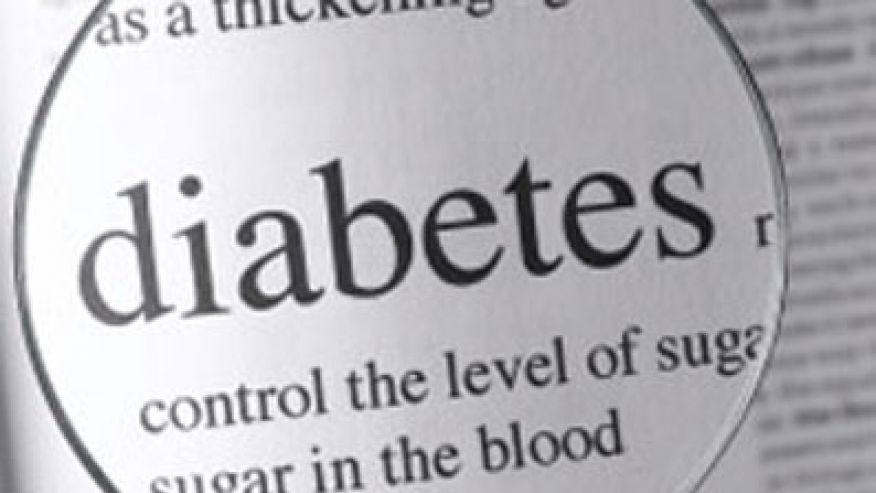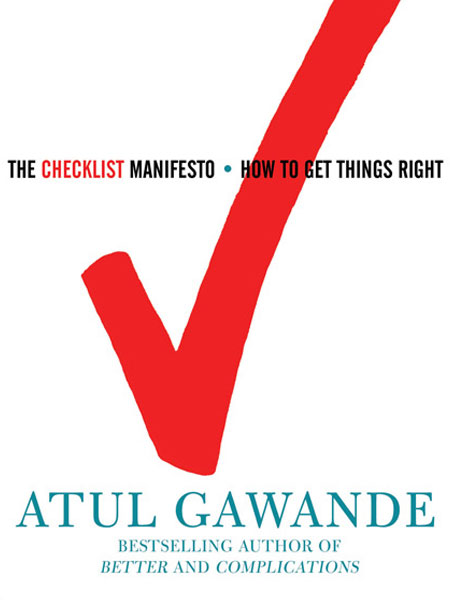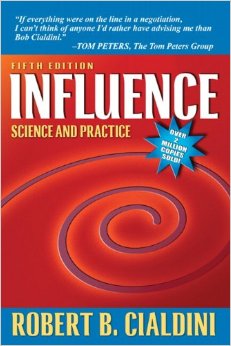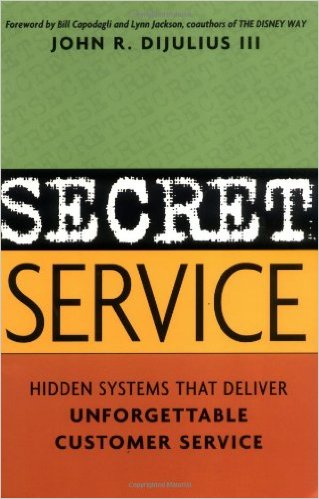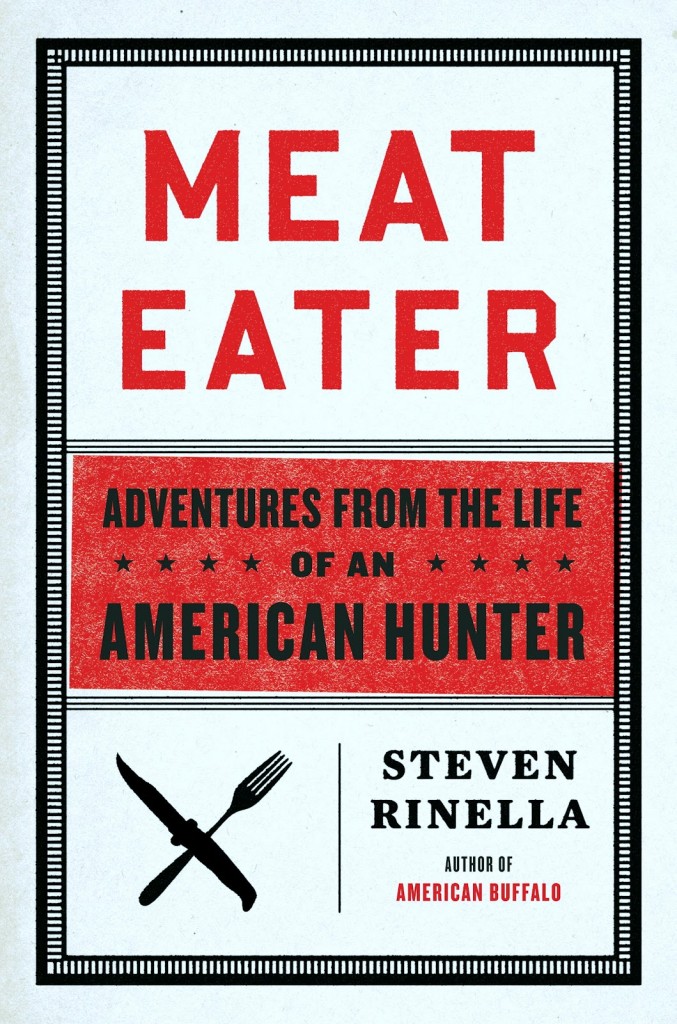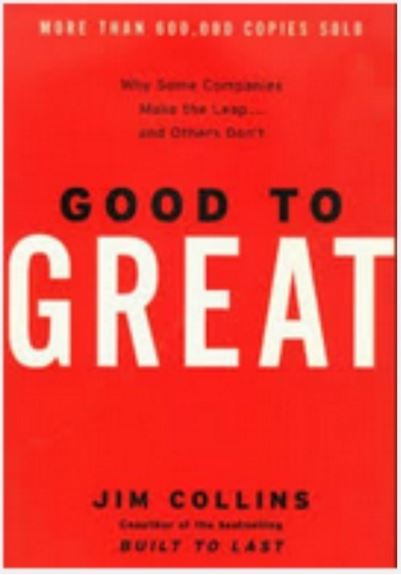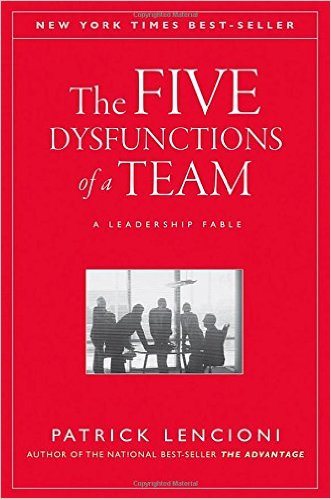
You won’t find this book on my 2016 reading list. It popped up a little late for that. Sometimes you have to call an audible!
I give a lot of presentations. A lot. On average, nearly 10 presentations per week, which is nearly 500 per year. Attendance ranges from 20 on the low end to about 100 on the high end, with 40-50 pretty typical.
I have several concerns for each presentation; engaging attendees is at the top of the list. If I don’t engage them, they don’t remember anything. If they don’t remember anything, it’s like I was never there.
For better or worse, I have two concurrent/immediate criteria for measuring engagement:
- Where are the questions coming from? The more questions I can get from those all the way in the back, the better. The way I see it, questions equal engagement. If the back of the room is engaged, the rest of the room is too!
- Talking to me after the presentation. Questions are icing on the cake for me but not everyone will have or ask questions. Plus, some people have questions but don’t feel comfortable asking in front of a group. These same people, however, will come talk to me when I’m done. This the second way I evaluate engagement – kind of a post-talk interaction. If it takes more than 20 minutes to interact with everyone that has walked up, I consider it successful.
Two other ways I measure engagement include the following (these are more long-term): First, if someone in attendance asks if I can speak to his or group. That’s positive engagement. Second, I attend a lot of networking events and frequently (one or two times per month), I will meet someone that tells me they attended one of my presentations. When you speak to 200-400 people per week, it’s impossible to remember everyone. But if they remember me and my presentation, it’s a good indication they were engaged (not to mention pretty awesome!).
Striving to get Better
After saying all of this, I’m always looking for ways to improve. A few years ago I stumbled across Carmine Gallo. Then late last year, I started reading this book: Talk Like TED: The 9 Public Speaking Secrets of the World’s Top Minds.
I read it in two weeks!
I thought it might be helpful for others to hear my thoughts on the book and how my current presentations stack up to his guidelines and recommendations.
In doing the research for this book, Carmine broke down hour after hour after painstaking hour of more than 500 TED talks. He interviewed many of the speakers and others that have given popular TED talks. In the end, he learned there were “9 secrets” of giving a great TED Talk, which, when applied correctly, can make any presentation a great presentation.
The 9 different secrets fell into three components of a great presentation: Emotional, Novel and Memorable.
Emotional – They touch the heart
Most of the time, people are nervous when giving a presentation and focus solely on the information.
Great communicators reach your head and touch your heart.
When nervous, we tend to focus on the information rather than what may draw our listeners in. There must be genuine passion about the topic because you can’t fake it. You communicate to your audience with more than just words – tone of voice and clarity, for example. A great way to connect with your audience is with a story because we connect with stories not information. Finally, you have to use the right body language – body movement, hand gestures, facial expressions, etc… – all of this communicates to the audience how comfortable and passionate you are about the topic.
In one way or another, your talk must make an emotional connection with the audience.
Novel – They teach something new
Novel means new. Your presentation doesn’t have to be “something new” to everyone or almost everyone in attendance. In fact, it can be a new solution to a problem that is old as dirt.
The brain cannot ignore novelty…
Can your delivery of “something new” give jaw-dropping results? If so, it’s a potential winner. Potential, because it can’t do this alone. A better mousetrap isn’t a better mousetrap if no one knows about it and/or buys it.
Memorable – They present content in ways I’ll never forget
If they forget what you said, did you even give them a presentation?
…if your audience cannot recall what you said, those ideas don’t matter.
If I had to guess, I would say this one is most important. The goal is to have them remember you and the takeaway. People aren’t going to “takeaway” something that doesn’t touch them emotionally or teach them something new. If it doesn’t do one of these two things, it’s just another ho-hum drive into work – a needle in a haystack of traffic on the highway.
So how did this book come about? Watch and listen to Carmine in this short clip. He discusses his approach and all the work he put into it. Impressive!
So if I had to grade my presentations…
This is like doing your own annual evaluations for work, but here we go…
Are they Emotional?
I think so. My talks center around health and health is very personal. I try to incorporate stories of past customers who have had success and how it impacted their lives in a positive manner. I think these are things people want to hear. The story could be something as simple as the advice we gave in response to a question.
To me, the story doesn’t have to be elaborate. It has to be effective.
Are they Novel?
Pretty much! Depending on the topic, we might ask the audience to rank-order the healthiest foods on a slide. They are always surprised by what we think. And then we back up our thoughts with real-life examples, research and information.
Are they Memorable?
Given what I said earlier, that people have met me at various functions and mentioned attending one of my presentations, I’d have to say yes.
I also mentioned this is probably the most important component of a presentation. It’s very rewarding when someone you don’t know tells you they attended one of your talks and thought it was great.
One piece of advice
If I had to give you one thing to remember about giving a presentation and the most important message in this book, it would be this: Flip the script! Boring and/or bad presentations focus on information. Flip the script. The focus of your talk should be the part that is memorable, the story or the emotional part. Then use the information to support it.
The Verdict!
I would recommend this book to anyone – from the seasoned presenter that wants to get better to the person just getting started. There is plenty here to help anyone improve.
From a personal perspective, I was glad to learn I’m not the only one that spends a lot of time preparing for a talk. From what was discussed, those with the most popular TED talks spent an enormous amout of time in prep work. They did this because they wanted to get the story just right. They wanted the audience to know they were passionate about their topic. This combination led them to be memorable.
To clarify, I know most of the information in my talks by now. It does change and get updated but it’s a small part of the whole presentation. So it is easy to do. Most of my prep work now is focused on the audience. Who am I presenting to? I learn as much about them as I can, so that it is easier to relate the information to them on a personal level.
I was also glad to learn that there is hope for me yet! Great presenters aren’t just born. They work at it. Am I a great presenter? Probably not. For sure, I’m not best suited to answer that question. I can say, however, that I’m always working to get better and tend to think I was terrible when just getting started!
I will leave you with the following:
Giving a presentation is easy.
Giving a presentation that incorporates all of these components and making it look easy is anything but easy.

